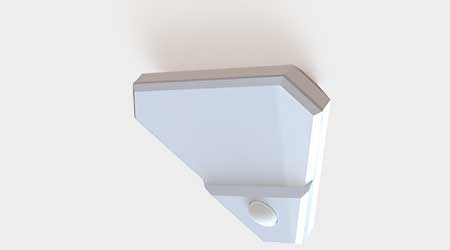« Facilities Technology Briefs Home /
Security
Gunfire Detector - Safe Zone Tech - Facility Management Product Release

Safe Zone Tech
website
| Company information
Safe Zone Gunfire Detector responds within ten seconds to an active shooter situation, analyzing the on-the-ground situation and automatically
communicating with all key personnel.
The Safe Zone Gunfire Detector combines infrared and sound detection technologies with immediate cloud-based data analysis. Safe Zone’s machine-learning algorithms analyze more than 3,000 data points of each loud noise that exceeds ambient levels by a certain threshold. By utilizing the data from multiple detectors simultaneously, the system determines the location of shots fired, the number of shots, and the type and caliber of gun being used.
Within ten seconds of the trigger pull, an alert is sent to Public Safety Access Points in the appropriate dispatch center, giving local 911 dispatchers all the critical information right on their computer. This can greatly reduce the time needed to locate and engage shooters.
The Safe Zone Gunfire Detector is a small (less than 3-by-3 inches) triangular unit that mounts in a ceiling corner and provides gunfire detection for an area of up to 9,000 ft 3 . Safe Zone utilizes WiFi communication and cloud-based machine learning technologies to send and analyze data that returns usable information to local law enforcement and on-site administrators in less than 10 seconds. Unlike many other gunfire detection solutions, Safe Zone can be connected to third-party alarm, surveillance, door lock and mass notification systems.
Each detector monitors ambient noise and infrared level, with a full second of data recorded around any instance of a sudden increase in noise or light level. If an Infrared flash or sound more than 10 dB louder than ambient noise is detected, all detectors in range send the captured acoustic and IR signals to Safe Zone’s cloud-based machine learning system where they are compared against a database of thousands of signatures of known firearms and other non-firearm disturbances. The system analyzes more than 3000 datapoints in each record. False alarms like car backfires, firecrackers, or balloons popping are filtered out through their distinct acoustic signatures.
RELATED CONTENT
Content Category: Security
FEATURES:
QUICK READS:
posted: 2/21/2019








